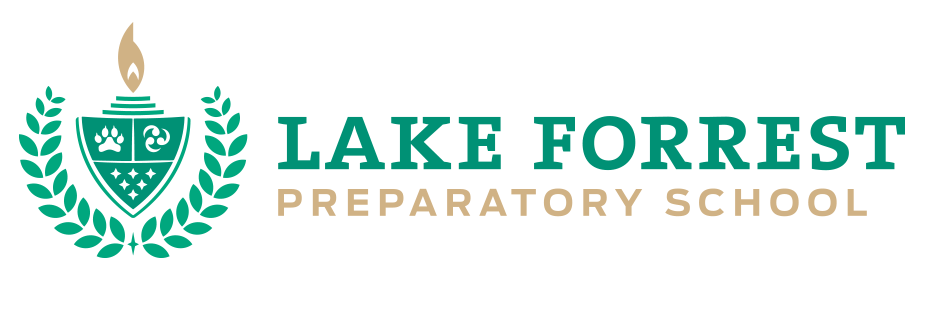Public speaking has often been referred to as the second greatest fear in life, only surmounted by the fear of death. Public speaking does not need to be frightening, however. With practice and a boost of self-confidence, even the smallest presenters can become top-notch public speakers. Lake Forrest Prep’s varied curriculum allows students to practice speaking in both small and large group settings. Parents can take many important steps to build upon their child’s success as good communicators.
Start early
Even preschoolers can learn to speak in front of a crowd, and adults are generally quite enchanted with these tiny orators. Help build your child’s confidence by asking for an opinion when you notice that they are listening in on your conversation. Most children thrive on attention, so allowing your child to voice an opinion rather than brushing off their comment with a laugh will build esteem.
If your child is not a born talker, use play to break through speaking barriers. Have your child be a princess or a president addressing countrymen, or a first responder requesting assistance from others. If your child begins every speech with “ladies and gentlemen…” because a program’s characters address a crowd in that manner, go with it. While the introduction may fade in time, the powerful use of words to draw a crowd together will not.
Start small
If your child is fine talking with a friend but tends only to listen when a few more people are added to a social group, practice with younger siblings, close friends, or a group of parents. When your child is confident speaking to these individuals, have them share something interesting in a larger setting, such as with the soccer team or a 4-H group.
As skills develop, have your child enroll in extracurricular activities, such as the Beta Club or drama. Encourage practice and be sure to give positive feedback. When giving feedback, don’t interrupt. Wait until the speech has ended. Also, be sure the feedback is specific: a simple “That was great!” while nice, doesn’t give direction. Instead, say, “Your use of keywords made the speech flow. Now, let’s work on the pronunciation.”
Technology
Great speakers record themselves to find elements they either want to use again or overcome. Simply recording your child with your phone is sufficient to show eye contact, gesticulations, pauses, or the use of unnecessary words.
Look online, because there’s an app for this as well. From measuring the number of times a speaker fills space with “ummm” and “uhhh” to teaching techniques to be a better orator, you have an abundance of choices.
The ultimate technology for public speaking is a timer. If the speech is to be a 5-minute delivery, time it. Nothing is more aggravating for a child than having points deducted for a speech either too long or not long enough.
Body language
Great public speakers do not stand behind a podium and address a crowd with hands clutching the sides of the notes they are reading verbatim. Instead, they make eye contact with the audience, smile, look relaxed, walk around, use gesticulations and audio/visual aids, and engage the audience with leading questions.
Begin with making eye contact, which is difficult for introverted children. Next, add gesticulations, which many children will engage in automatically unless they are told to stand still. Let them wildly throw their arms around to demonstrate the length of time or leap to show how tall something is. Body language is imperative in sharing stories and adding detail. Finish with explaining how facial expressions can positively enhance communication.
At Lake Forrest Prep, we want to equip parents with tools to help their children succeed in and out of a classroom. We see firsthand how investing in “soft skills” like communication can improve a child’s schooling. To learn more about what else sets us apart, visit our website or call 407-331-5144 to set up a tour.


